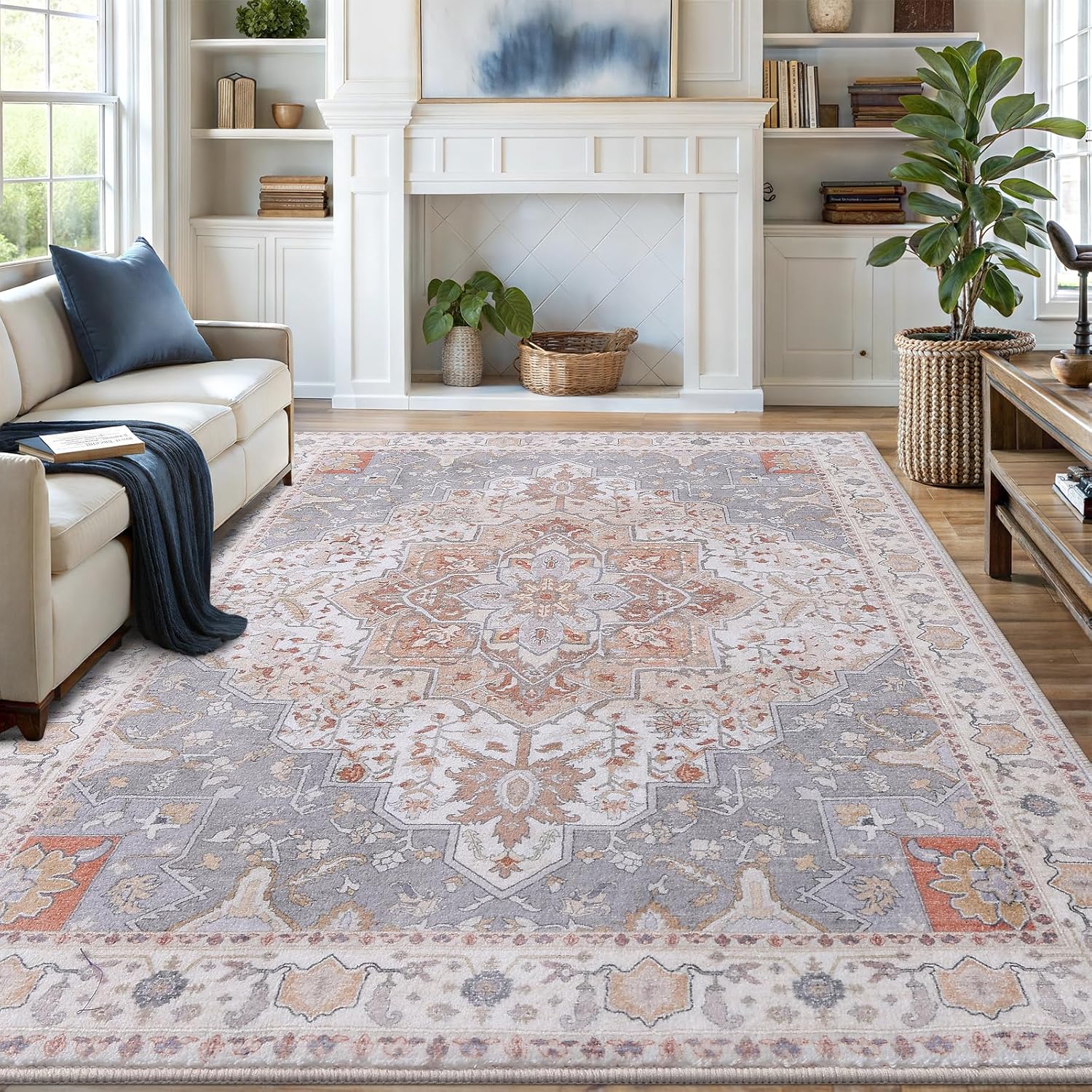Dogs often dislike vacuum cleaners due to their loud noise, unpredictable movement, and the strong scent of the machine, which can be unsettling for them.
If your dog bolts, barks, or hides when you vacuum, you’re not alone. Many dogs react strongly to these household appliances. Understanding why can help create a calmer home for both you and your pet.

The Science Behind Canine Vacuum Fear
Dogs perceive vacuums differently than humans do. Their reactions stem from biological instincts and sensory differences.
Noise Sensitivity
Dogs hear frequencies up to 65,000 Hz compared to human’s 20,000 Hz limit. The average vacuum operates at 70-80 dB, similar to a garbage disposal or busy street noise. High-pitched motor whines that humans barely notice can be painful for dogs.
Movement Triggers
Vacuums combine erratic movement with loud noise – a double threat. Self-propelled models like robot vacuums are especially unsettling because they move unpredictably.
Size and Approach
To a small dog, an upright vacuum can appear as large as a human. The forward-moving motion may trigger defensive reactions as the machine seems to “charge” at them.

Common Dog Reactions to Vacuums
| Reaction | Percentage of Dogs* | Possible Causes |
|---|---|---|
| Barking/Growling | 42% | Territorial defense |
| Hiding | 35% | Fear response |
| Chasing/Attacking | 18% | Prey drive activation |
| No Reaction | 5% | Confidence or desensitization |
*Based on survey of 200 dog owners by the American Kennel Club
Effective Training Techniques
Gradual Desensitization
Start with the vacuum turned off in another room. Reward calm behavior with high-value treats. Over multiple sessions, gradually:
- Bring the vacuum closer
- Turn it on briefly
- Move it while running
Positive Association
Create vacuum time = treat time. Use special treats only during vacuum sessions. Consider puzzle toys stuffed with peanut butter or natural treats to create positive distractions.
Management Solutions
- Use baby gates to create safe spaces
- Run vacuums when dogs are exercised and relaxed
- Consider quieter models like these recommended options
Choosing Pet-Friendly Cleaning Equipment
Some vacuums are better suited for homes with anxious dogs:
Low-Noise Options
Look for models under 65 dB. Canister vacuums tend to be quieter than uprights.
Less Intimidating Designs
Smaller, lighter models with gentle movement patterns cause less stress.
Effective for Pet Hair
A vacuum that actually removes hair reduces cleaning frequency. The best vacuum for hard floors with pets combines quiet operation with strong suction.
When to Seek Professional Help
Consult a certified dog behaviorist if your dog:
- Shows extreme panic (panting, drooling, destruction)
- Remains stressed hours after vacuum use
- Develops fear of other household items
With patience and proper techniques, most dogs can learn to tolerate – if not completely accept – vacuum cleaners as part of household life.

Vanmoos 6×9 Machine-Washable Area Rug — Artistic Flair / Beige
Low-pile, non-slip rug that minimizes pet hair collection and makes quick cleanup part of your routine.
Affiliate link — may earn a commission at no extra cost to you.
